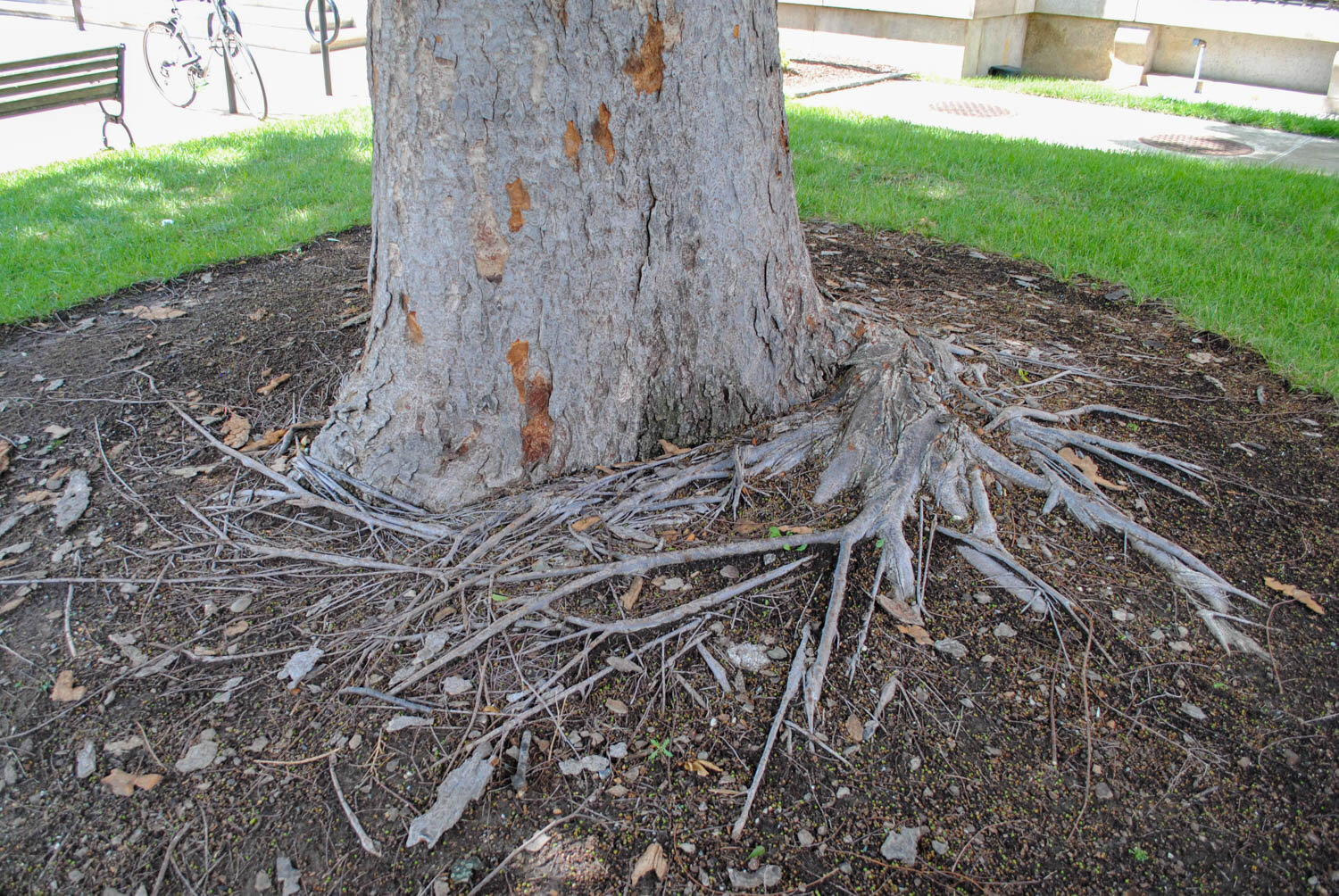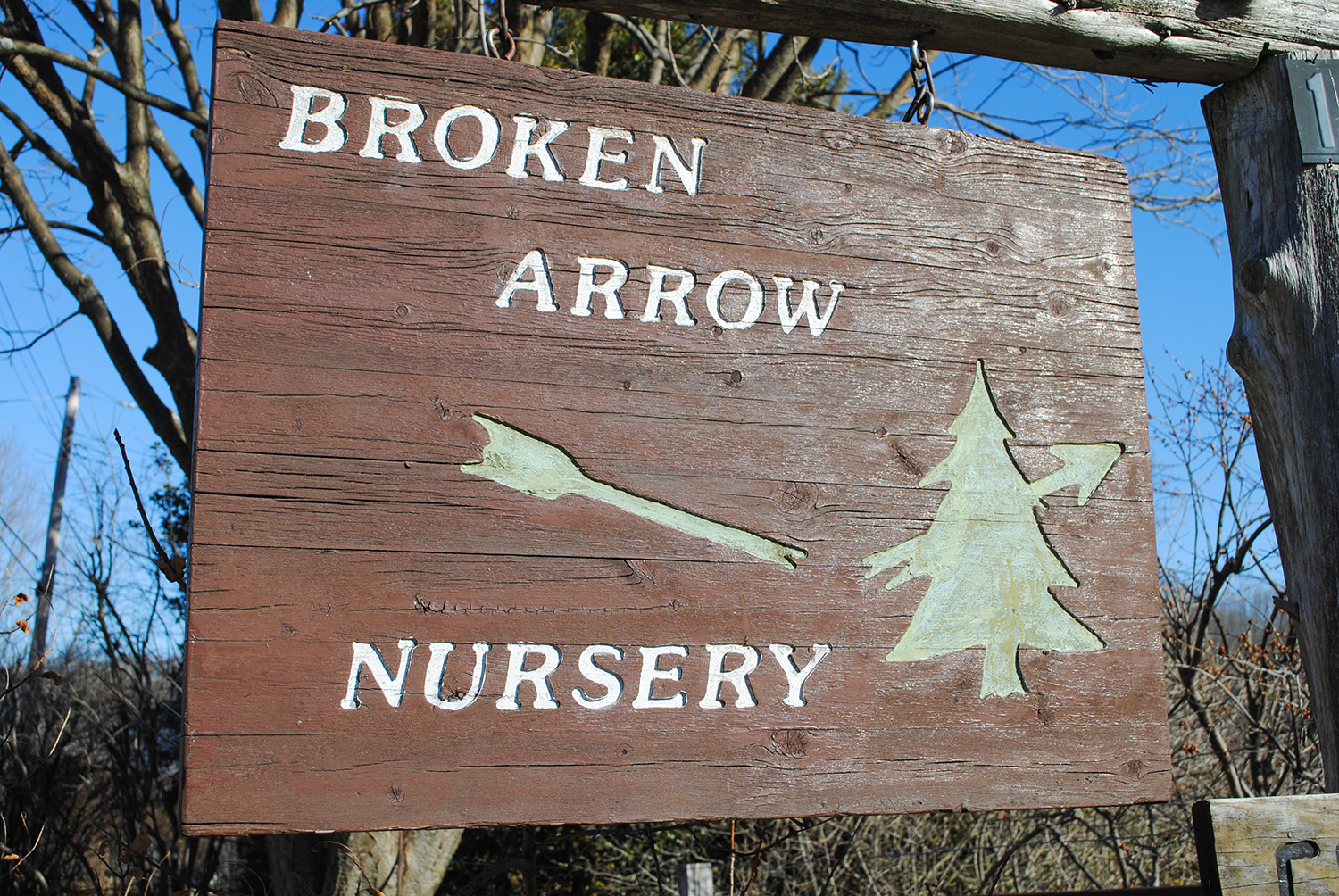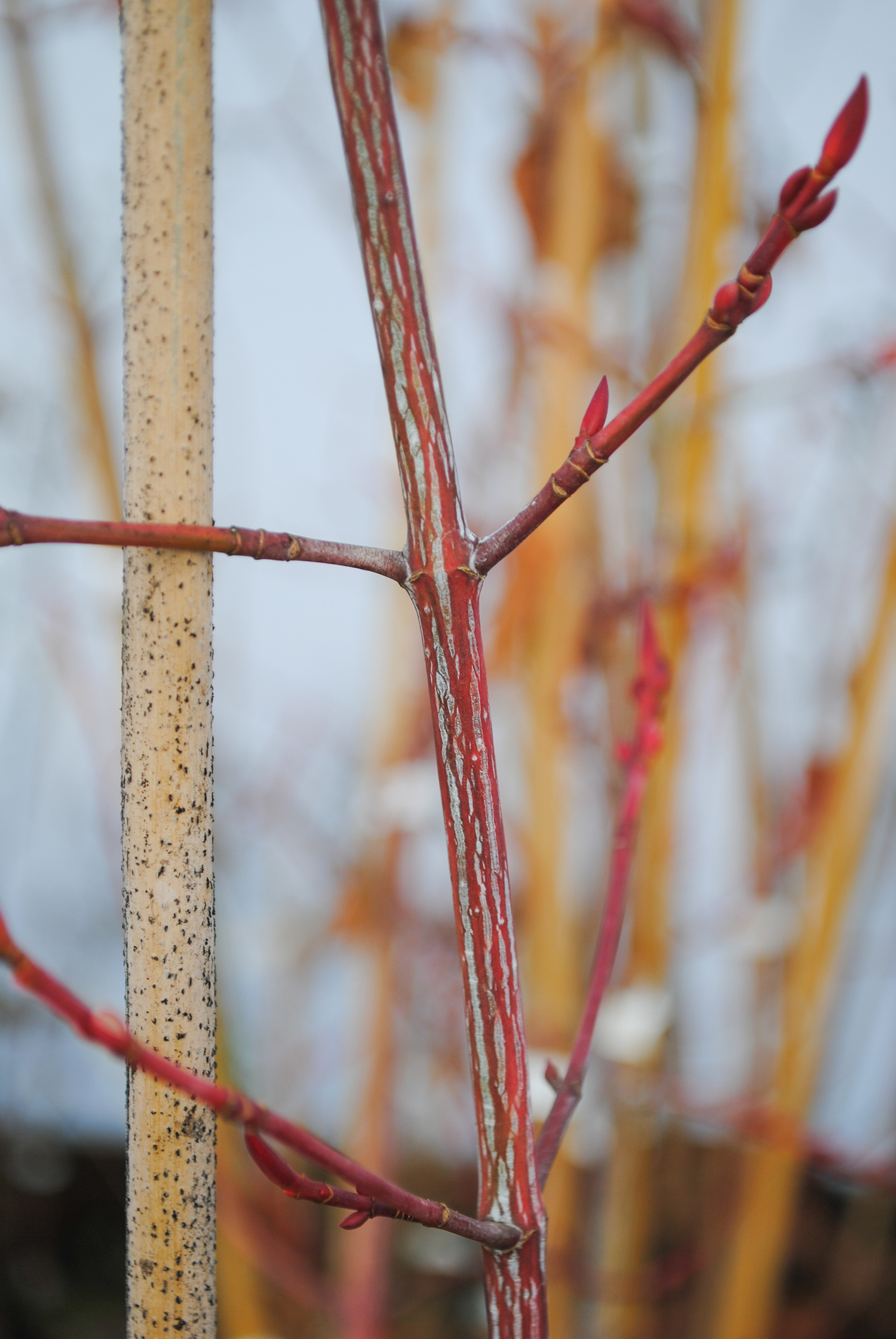Planting a tree is a great way to celebrate the new year and the new decade. Heaven knows, I’ve got a few that I need to get in the ground or move from one spot to another.
But, recently, I’ve seen the article on the interwebs about planting trees in square holes. It appears that most of them originated from this article in The Guardian by James Wong on 8 December 2019.
A quick google search reveals that Intelligent Living also featured the idea. Also, Sunset picked up the theory and ran with it. They even made a meme about Sir Joseph Hooker stating he planted in square holes even though the source The Gardener’s Assistant they shared was written by Robert Thompson in 1859 (page 405 in case it doesn’t hyperlink). Le sigh…
Poor Sir Joseph Hooker, never gets any respect.
But, the problem is there is no scientific literature that supports this information. I applaud Sunset for at least finding The Gardener’s Assistant where Thompson stated that he plants in square holes. But, again, there is no research to back this statement up. Also, to show how dated it is, Thompson calls roots spongioles. Ew.
Back to the original article. Wong states,
“...in recent decades scientific research has overhauled much of the traditional wisdom about planting saplings, including some ideas that sound a little strange. ”
I agree with this statement. As a scientist, I love data and results from replicated trials, and new work is constantly shedding light on the wonderful world of plants. But, here’s where the article get murky.
“So, let me explain why science proves that it’s better to plant trees in square holes. ... here’s what happens to the tree’s roots when you plant them in a round hole, especially one filled with lots of rich compost and fertiliser, as the old guide books suggest. The little sapling will rapidly start growing new roots that will spread out into the rich, fluffy growing media, giving you excellent early success. However, once they hit the comparatively poorer and compacted soil at the perimeter of the hole, the roots will react by snaking along the edge of the hole’s edge in search of more ideal growing conditions.
Eventually, this spiralling action around the limits of the hole will create a circular root system, with the plants essentially acting much as they do when grown in a container. Once the roots mature they will thicken and harden into a tight ring, creating an underground girdle that will choke the plant, eventually resulting in the severe stunting and even death of your treasured tree.
The very simple and counterintuitive act of digging a square planting hole will dramatically reduce the chances of this happening. This is because systematic planting trials have shown that roots are not that good at growing round corners. When they hit the tight, 90-degree angle of your square hole, instead of sneaking around to create a spiral, they flare out of the planting hole to colonise the native soil.”
Yes, many old sources say to enrich holes. I agree with Wong; that is wrong. It is better to back fill with the original soil with few to no amendments and apply amendments to the topsoil so that the entire area around benefits, not just the hole. But, we can’t make a jump from it is wrong to enrich the soil to it is wrong to plant trees in circular holes. The article states,
“This [planting is square holes] has been shown consistently to speed up tree establishment and make the specimens more resistant to environmental challenges, such as drought.”
Who is showing this? Show me the data! SHOW ME THE DATA!!! The only thing I can even find from a quick search is an RHS article where planting in a square hole is briefly mentioned as a sidenote along with photos in an article where they are planting trees in… you guessed it. Circular holes.
***NOTE: After this post was written, a discussion on Facebook began, and Dr. Marc van Iersel shared this article, which showed there was no benefit from planting trees in cube, cylinder (scarified and non-scarified), star, or sloped cylinder holes. There is a note that sloped cylinder could be better in dry planting locations.
What kills me is the article does not focus on the core problem of circling, girdling roots!!! It’s just a side note.
“While you are at it, prune any twisted or matted roots from the edge of the root ball before you plant the sapling.”
YESSSS!!! Preach, brother. When plants grow in nursery containers, their roots hit the wall and begin to grow in a circle. (Sidenote: Some pots have different designs like slits or sharp corners to reduce this growth, but the majority don’t.)
Roots on woody species are different from many annuals and perennials in that they are permanent. Once a tree has grown a root into the soil, unless the root dies, it will continue to get larger and larger. So, now we have a circular root increasing in girth near the base of the tree. The tree base and trunk are also growing wider, eventually the roots and trunk touch, and the roots can girdle the tree.
Classic example of a girdling root. This tree has survived, but many don’t. This tree will likely become stressed over time due to the roots so close to the trunk.
I ran into this when I planted three persimmon trees at my house last winter. The roots were circling and malformed right out of the pots; therefore, I disturbed them to make sure they would be able to grow out and live long instead of round for the rest their short life.
Here’s some more great info on girdling roots and correct RESEARCH-BASED tree planting methods.
Fraedrich, B.R. No date. Research laboratory technical report: Girdling roots.
Urban, J. 2013. The root of the problem. Landscape Architecture Magazine, April:54–58.
MATH IS OUR FRIEND
The other thing that bothers me about this article is planting a square hole is HARDER than planting a circular hole. I’m not opposed to investing effort in planting trees or performing tasks that research shows to be beneficial. Like breaking up a rootball before planting or mulching a wide area around the tree after planting. Those are techniques that research has shown can drastically improve the tree’s success.
The article states,
“Considering that spade blades are flat, digging a square hole, to me at least, seems far easier than cutting a perfectly circular one. It’s an easy win-win.”
First, who can dig a perfectly shaped square better than a circle? Second, math says square holes will be more back breaking.
Let’s say I have to dig a three-foot-diameter hole for a tree like I did when I recently moved a very small Magnolia at our house. From a simple area calculation I did, you will now be excavating 26% more soil digging a square hole. That means you dig out 26% more, you fill back in 26% more, and it is taking you longer. (Note: If you do a volume-based calculation using cylinder and prism formulas, you’ll get the same ~26% since they both extend at the same increase.)
Math doesn’t lie.
Some may argue that the 26% extra increase in disturbance is going to help roots grow out. And, in some compacted soils that may be true. But, y’all, roots have been growing through soil a lot longer than we’ve been planting them. I trust that once you get a tree in decent soil, as long as it doesn’t have girdling roots it will be just fine.
THE ROOT OF THE PROBLEM
Do I think James Wong or Sunset maliciously posted this article? No, I really think that they were trying to give wise advice on how to make trees live longer to beautify our world. With maybe a dash of click-bait.
The problem is we live in a world where someone can say something, and people believe it to be true. Take the following examples.
Vaccines are harmful.
Buy more things to be happy.
The media is bad.
Epsom salts will solve any plant problem.
Jared Barnes is the worst horticulturist in the world.
Just because someone says something doesn’t mean it’s true, and many of the above points have been disproven or the result of lies spread round. Especially point number 5 there.
I applaud the people who have asked me and the people who have asked others on social media is this myth accurate? Hooray! You get a gold star. This article is yet another symptom of our culture where we don’t think and we go along with what information is put in front of us.
I’ve read Thinking, Fast and Slow by Daniel Kahneman, and in that book he makes the case that we have two mental systems for processing information. System 1 is quick, fast, and intuitive. System 2 is more analytical but slower and lazier.
An example from the book. If I say, “what’s 2 × 2?” you can’t stop thinking the number 4. It is automatic and effortless.
But, if I ask you what’s 37 × 48, it takes you a while to realize that it’s 1,646. You don’t instinctively know that because you need to activate your system 2 to do the calculation or expend effort plugging it into a calculator.
Except, it’s not the correct answer. The true answer is 1,776. I just exploited your system 1. I told you something, and you took it at face value without even questioning it.
It makes sense that we have a system 1 evolutionarily. So much is thrown at us we can’t be expending energy at every neuron firing to process our environment.
But, I believe that we need to start employing our system 2 more. We need to train ourselves to pause, digest the information put in front of us, and dig a little—circle or square, hehe—to understand it. I teach all of my students these system 1 and system 2 learning concepts so they will be more prepared to engage with the world. As Ms. Frizzle said, “Ask questions. Make mistakes. Get messy.”
I ask you to challenge even my blog post. Do my sources make sense? Is my math right? Is my argument valid?
Use your system two. And, go plant a tree. In a circular hole.
















